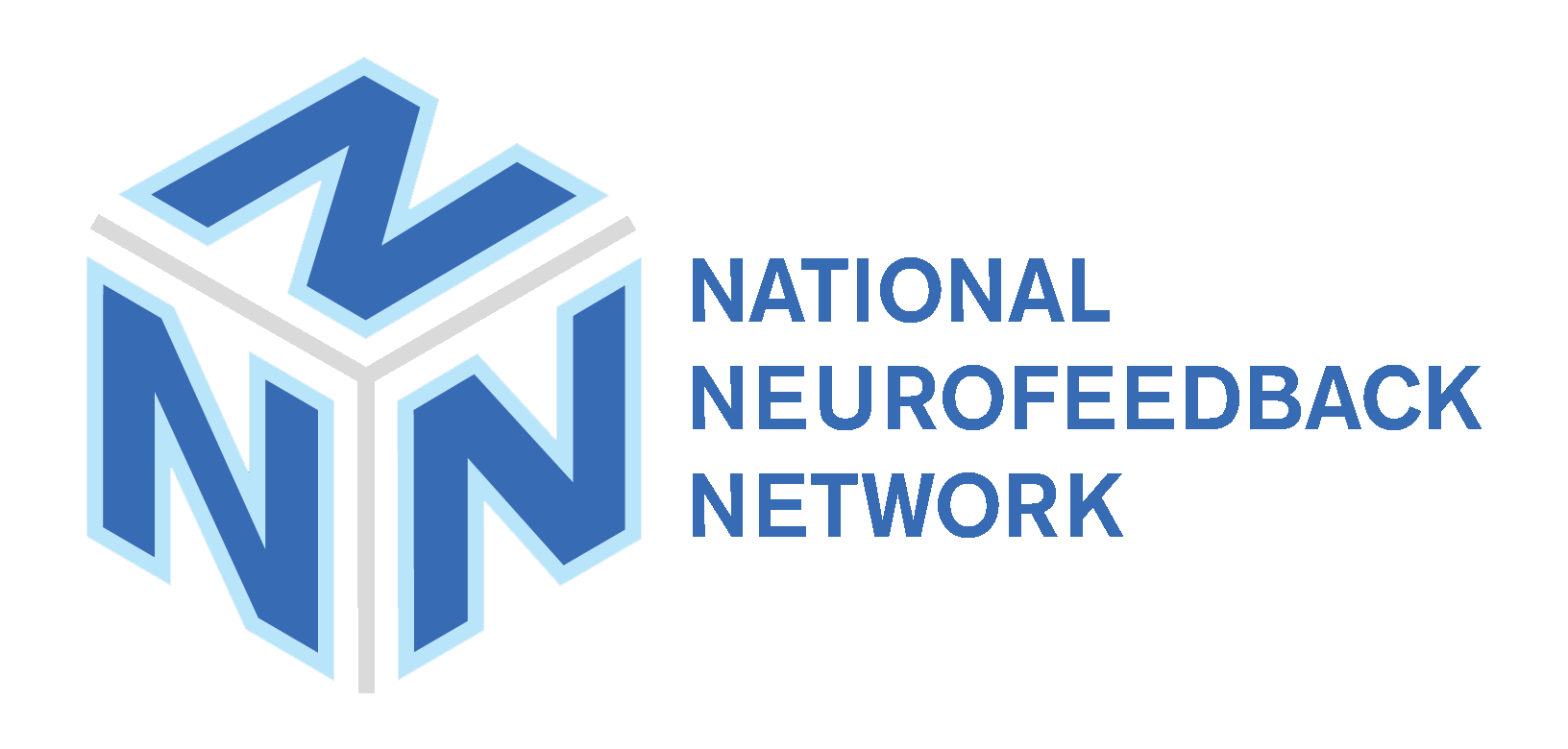Attention Deficit Hyperactivity Disorder, usually referred to as ADHD, is a commonly diagnosed mental disorder frequently found in children. In the Diagnostic and Statistical Manual of Mental Disorders, Ed. IV, (DSM-IV) it’s defined as” a disruptive behavior disorder characterized by the presence of a set of chronic and impairing behavior patterns that display abnormal levels of inattention, hyperactivity, or their combination.”
It is also called Attention Deficit Disorder (ADD), indicating that a patient has trouble focusing and completing a given task. While a diagnosis of ADHD suggests that the patient not only can’t concentrate, but also suffers from an abundance of energy. Today, the acronym of ADHD is more commonly used since it covers the whole spectrum of inappropriate behaviors – inattention and hyperactivity – exhibited by those with this condition. For the sake of convenience, we will refer to both ADD and ADHD as ADHD on this site.
ADHD is experienced in adulthood by 60 percent of those displaying symptoms in childhood and makes up about four percent of the adult U.S. population. While the childhood incidence may be treated by several methods, the adult manifestation of this disorder is all too often ignored. Perhaps because by the time a patient has reached adulthood, he or she has developed enough mechanisms to deal with the condition.
Please note that nothing on this site is intended to be used to diagnosis, advice or treat anyone with any condition or malady. Nor should any information on this site, or links offered to information on this site, be considered or used as a substitute for professional medical advice, diagnosis or treatment.
Hyperactivity – Impulsivity
Hyperactive children always seem to be “on the go” or constantly in motion. They are unable to curb their immediate reactions to situations or to think before they act. Signs of hyperactivity-impulsivity are:
- Feeling restless, often fidgeting with hands or feet, or squirming while seated
- Running, climbing, or leaving a seat instead of sitting as expected
- Blurting out answers before hearing the whole question
- Having difficulty waiting in line or taking turns
- General inattention
Inattentiveness
Children who are inattentive have a hard time keeping their minds on any one thing and may get bored with a task after only a few minutes. Yet if they are doing something they really enjoy, they seem to have no trouble paying attention. Signs of inattention are:
- Becoming easily distracted by irrelevant sights and sounds
- Failing to pay attention to details and making careless mistakes
- Rarely following instructions carefully and completely losing or forgetting things like toys, or pencils, books, and tools needed for a task
- Skipping from one uncompleted activity to another.
Both Inattentiveness and Hyperactive-Impulsive Behaviors
A diagnosis of childhood ADHD is made when a child exhibits some or all of the symptoms of either type of ADHD for a period of six months or more. The diagnosis includes a full medical examination, documented medical history and an exploration of other probable causes including, but not limited to, thyroid and anxiety problems.
ADHD in Adults
Talk Therapies for ADHD in adults usually also focus primarily on behavior and include the following strategies:
- Individual cognitive and behavioral therapy to enhance self-esteem
- Relaxation training and stress management to reduce anxiety and stress
- Behavioral coaching to teach strategies for organizing home and work activities
- Job coaching or mentoring to support better working relationships and improve on-the-job performance
- Family education and therapy
Combining Therapy Types
Many if not most therapists suggest that using both medication and behavior therapy in some form seems to be the best solution. Medication can help patients and their family get short term relief while behavior therapy enables them to develop strategies for gaining better self-control over their behavior in the future. But neither medicine or talk therapy offers a permanent end to problem behaviors. Neurofeedback does.
ADHD Treatment & Neurofeedback
Neurofeedback is a form of biofeedback and has been used to treat ADHD in children and adults for the last thirty years. Patients with ADHD exhibit brain activity that is either slower or faster than normal. Using neurofeedback, patients learn to adjust their brain waves to calm down or concentrate more successfully. Basically, the patient’s brain is retrained to produce brain waves that are more “normal” and appropriate for whatever activity they’re engaged in. If he or she has to concentrate in class, the brain learns to produce more beta waves than theta. Then, at bedtime, it learns to slow down and move from alpha to theta. Once these patterns are established, the brain continues them even after treatment is completed. Since neurofeedback is non-evasive and doesn’t change the body’s chemistry, there are no side effects. It can also be used in combination with psychotherapy and/or prescription pharmaceuticals when appropriate.
Although the effectiveness of neurofeedback has still not been proven in clinically conducted double blind studies, during the last decade neurofeedback has been gaining acceptance among the established medical community as a therapy for ADHD in children and adults. Furthermore, recent studies have indicated that the positive effects of Neurofeedback are last far longer that those experienced using other therapies. Studies also indicate that using neurofeedback in combination with medication and talk therapy produces better results than using those treatments alone.
